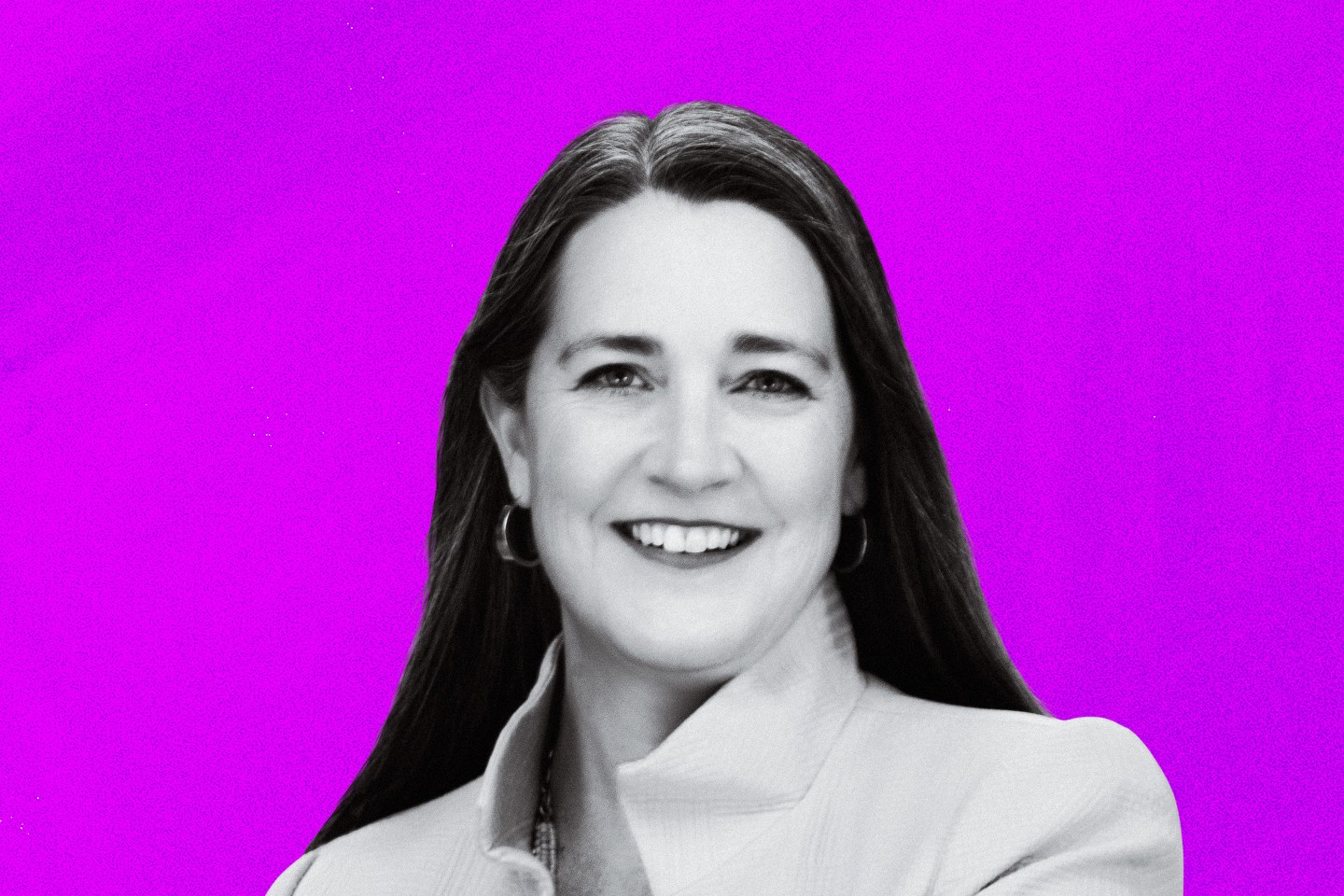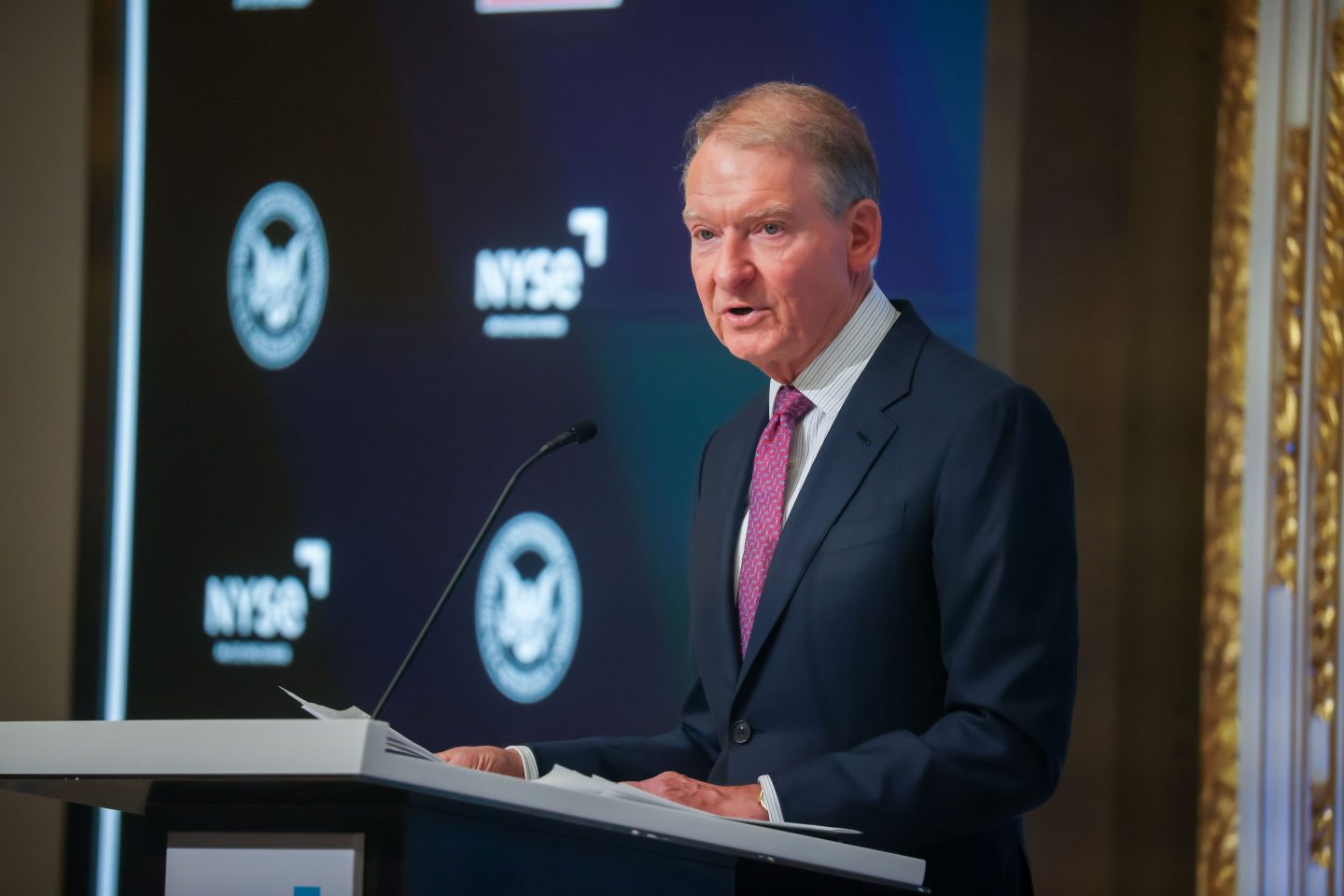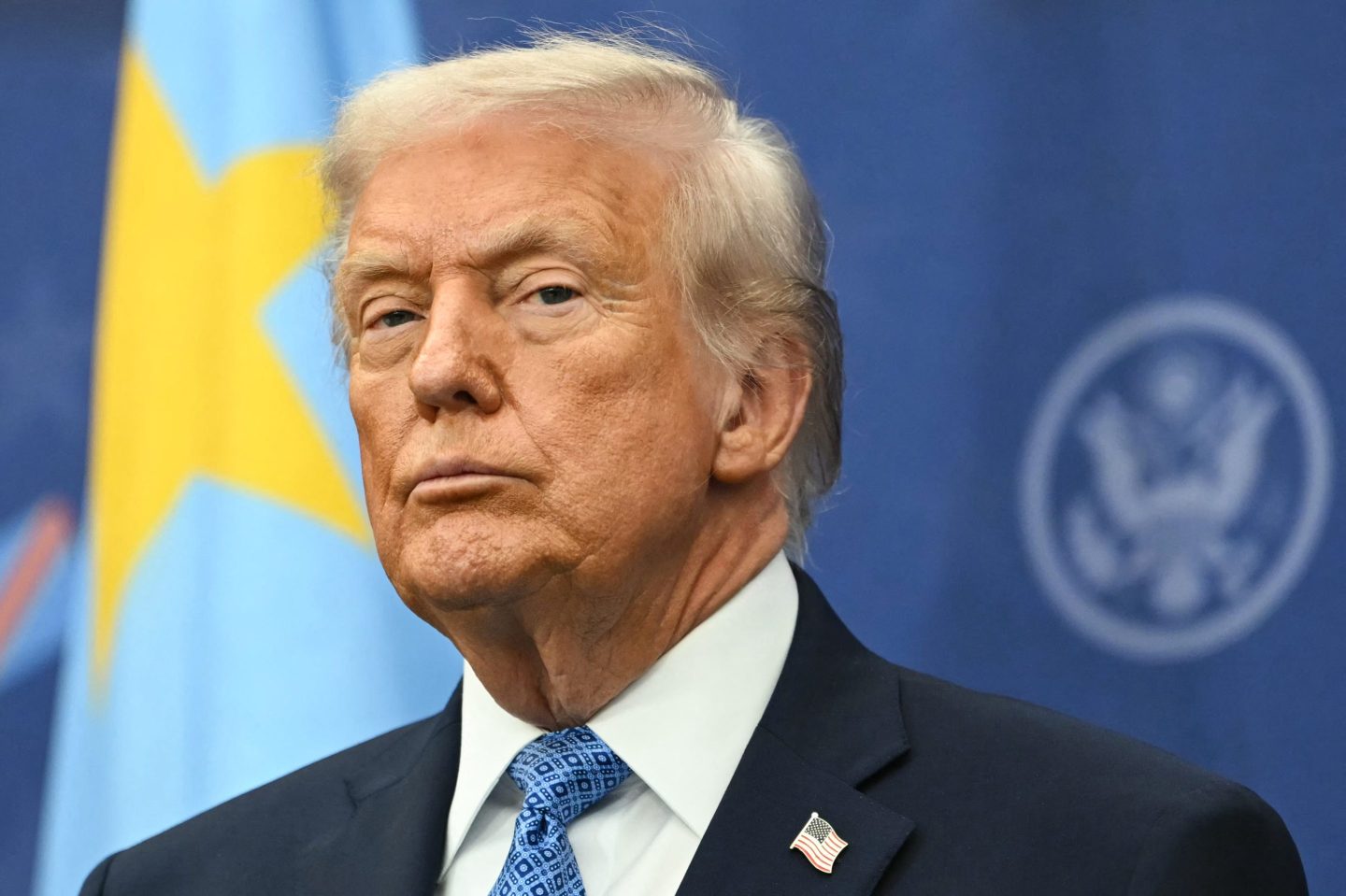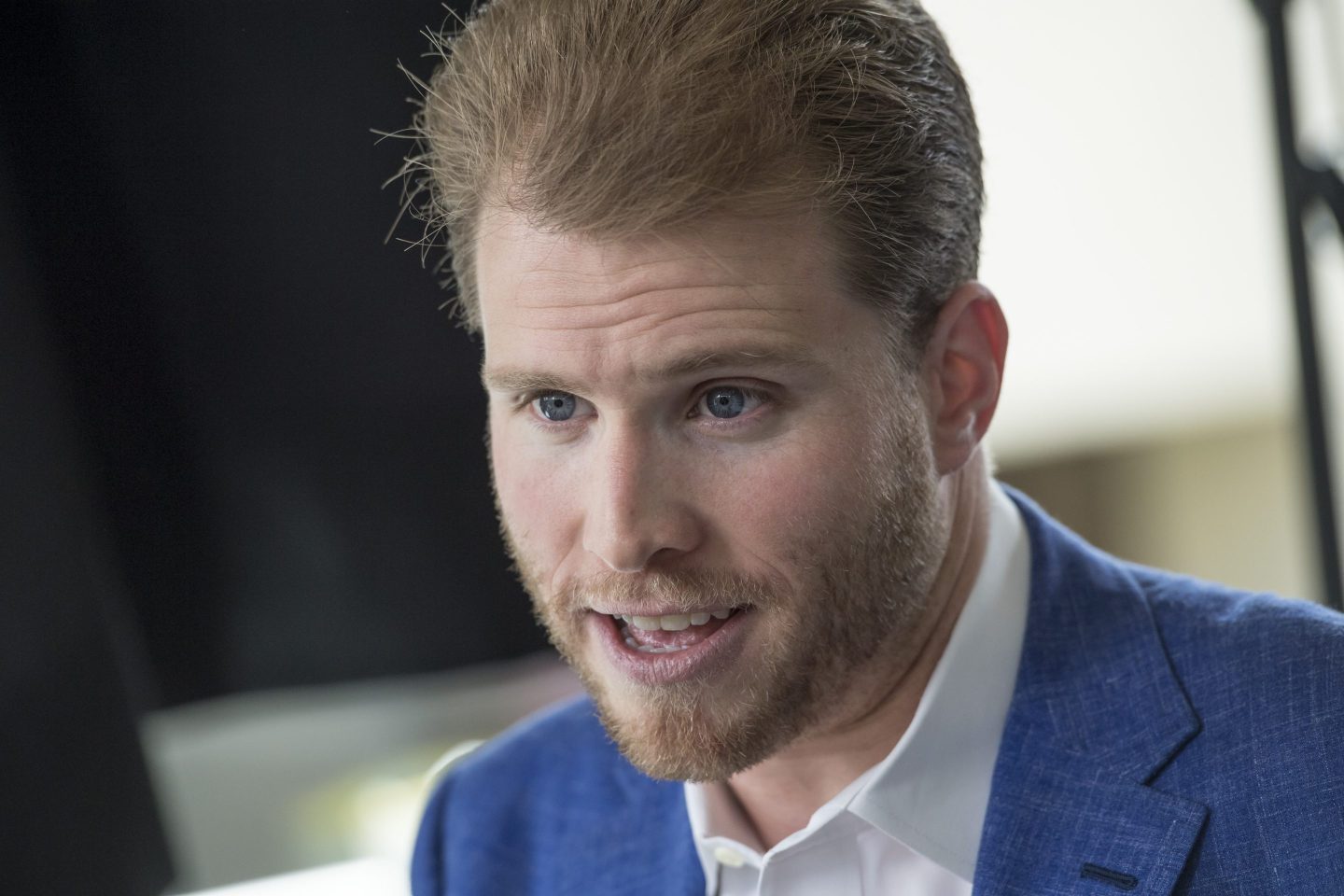Good morning.
It’s been an encouraging week for fans of nuclear power. Amazon announced investments in three “innovative nuclear energy projects,” alongside Citadel’s Ken Griffin, that should deliver five gigawatts of zero-carbon energy over the next 15 years. Google announced a partnership with Kairos Power, which it described as “the world’s first corporate agreement to purchase nuclear energy from multiple small modular reactors.”
And that’s just this week. Microsoft last month announced a partnership with the energy firm Constellation to reopen a nuclear reactor on Three Mile Island—yes, that Three Mile Island—to come online in 2028.
Why the sudden nuclear renaissance? The energy needed to power data centers for AI is one reason. The need to reduce carbon emissions amid climate change is another. Public support for nuclear energy has been growing in recent years. While nuclear power is clean, nuclear fission, the process to produce it, uses radioactive materials that can cause deadly levels of radiation if released into the environment in an accident.
I recently spoke with Patti Poppe, the CEO of California’s Pacific Gas and Electric (PG&E) for the Leadership Next podcast that’s sponsored by Deloitte, which also supports this newsletter. Poppe has been focused on turning around the company’s operations, safety record, and culture, after PG&E’s culpability in the 2018 Camp wildfire put the utility into bankruptcy. Poppe believes the Diablo Canyon Nuclear Power Plant is “an important part of the mix.”
“The conversation has changed globally and here in the United States,” says Poppe. ‘I think the nation has realized that we can operate nuclear units safely, that, yes, it was scary in the seventies, but that is a long time ago. And we have realized that there are ways, just like with wildfire prevention, where we have a risk mitigation system in place at our nuclear power plant where we can fail safely.”
What’s different is the emergence of small modular reactors or SMRs. Although versions have been around for years, the U.S. government and private corporations began making serious investments in developing them over the past decade. With their smaller and more flexible size, they can be quickly scaled up and adapted to a range of needs. But none are yet online in the U.S. and will need to clear regulatory approval.
Bob Nardelli, the former Chrysler and Home Depot CEO, understands the landscape from his days at GE Power. Through his private-equity investment firm, X-LR8, Nardelli is now invested in BWX Technologies (BWXT), which makes a range of nuclear components and services. “I think it’s the solution for the future,” says Nardelli. “You don’t get line sag (sudden voltage drops), distribution loss, fires due to lightning hitting electrical lines and the life cycle is extradordinary.”
More news below.
Diane Brady
diane.brady@fortune.com
Follow on LinkedIn
TOP NEWS
23andMe CEO speaks after board's exit
In her first interview since the entire board of the company resigned in September, 23andMe CEO Anne Wojcicki told Fortune's Lila MacLellan that she believe's the genetics testing company "can navigate and land this plane." 23andMe's stock cratered for years before the board resigned and some former executives describe Wojcicki's management style as controlling and stubborn. Fortune
Meta lays off, again
Sources close to Meta tell Fortune that around 100 employees were laid off this week as CEO Mark Zuckerberg continues to insist on "efficiency" at the tech company. This is the third round of layoffs at Meta this year. Fortune
TSMC joins $1 trillion club
Taiwan Semiconductor Manufacturing (TSMC) now has a market cap of over $1 trillion after the chip manufacturer posted impressive earnings Thursday morning. The company's success signals that the AI boom is still going strong. Fortune
Correction: Yesterday's newsletter incorrectly stated that Bank of America CEO Brian Moynihan's first name is "John." We regret the error.
AROUND THE WATERCOOLER
Appian’s CEO walked away from millions—twice—but the risk paid off: Now he’s now worth over $4 billion by Orianna Rosa Royle
The SEC’s X account got hacked by a 25-year-old who went by ‘AGiantSchnauzer’ and got paid in Bitcoin, feds say by Catherine McGrath
At $5 trillion investment giant Fidelity, battling burnout is a game changer by Alena Botros
Salesforce CEO Marc Benioff blasts rival Microsoft’s ‘disappointing’ Copilot: ‘It just doesn’t work’ by Marco Quiroz-Gutierrez
China unveiled more stimulus actions for its property sector—investors weren’t pleased, again by Lionel Lim
OpenAI is quietly pitching its products to the U.S. military and national security establishment by Sage Lazzaro
This edition of CEO Daily was curated by Joey Abrams.














